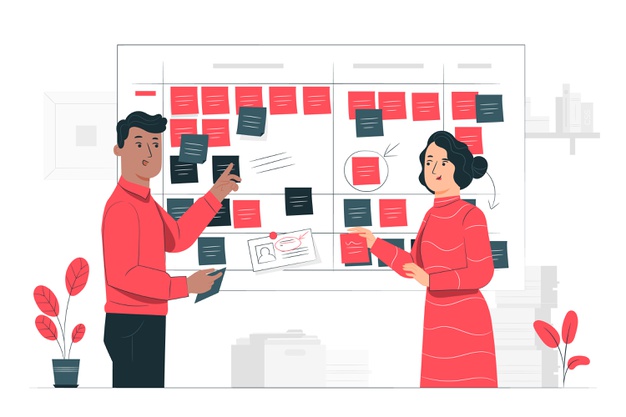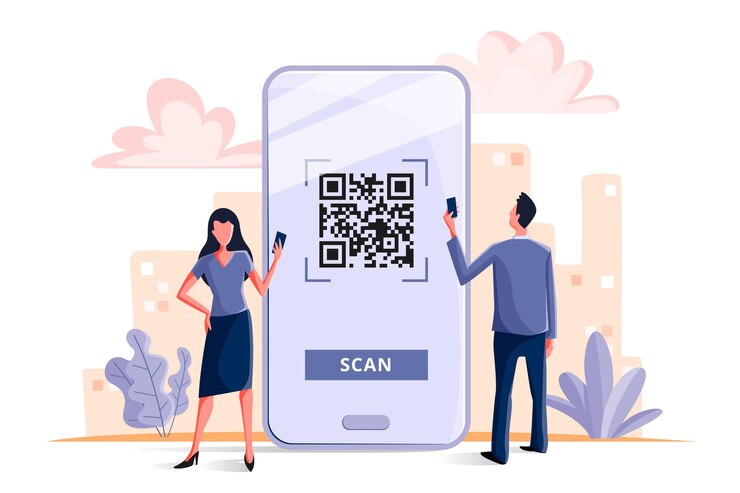Warranty management software promises a guarantee on the quality and service of a particular product on behalf of the manufacturer or seller. There is a re-assurance in warranty management systems as they make customers feel safe against a risk that may arise in future. We say re-assurance because assurance was evident when they chose your product over others to begin with. But the majority of the existing warranty systems based on paper warranties can be very demanding and difficult to manage, both for you, and your customers this article aims to provide you with all the tips you need to know to optimize and improve your warranty management system.
Warranty management is a vital component of a caring and responsible organisation. It is important to view, access, track and solve a customer's grievance with your product. Not doing so can adversely affect your business by increasing customer dissatisfaction and loss of revenue.
However, managing warranty information manually can be extremely difficult and demanding. There is plenty of data and multiple departments involved in the process, such as engineering, field technicians, customer care, and sales. To maximize the efficiency of a warranty management solution, it must be automated, streamlined, easy to use, and integrate all aspects involved in the process.
Warranty management software can help businesses create, administer, process, and track warranty coverage throughout the product life cycle. We have enlisted some tips to optimize the right warranty management software for your organization.
Tips to optimize your warranty management software
Whether you have just decided to start using warranty management software or have been deploying one for some time, you can take it to the next level with these vital steps.

1. Assessment
It is essential to review the current state before advancing towards a new system and achieve its maximum value. To do this, you can ask these questions-
- Is your current warranty system easy to understand and manage?
- Can you assess the effectiveness of your current system to know its strengths and weaknesses?
- Are you still using paper warranty cards? Do you have initial customer data in place? Are your records automated and centralized? Do you have an older digital tool, and is it helping you? If not, why?
Listing down the pain areas and the cost of the current system will help you make a better decision for revamping it.

2. Conceptualize advancement
Once you have meticulously reviewed your current situation, map out the areas where you can make improvements. For instance, visualize an automated process that can get primary customer data like the date of purchase of a product, name of the customer, contact and product details to register each purchase in your system. If you have different manual methods to collect information, think of how you can consolidate data into one automated system accessible across the organization.

3. Discuss the merits of using a warranty management solution with your team
Once you have enlisted the problems associated with your current warranty management solution, it is important to communicate how it hampers overall performance and keeps the team members from achieving more in other areas of their work as well. Encourage the employees to give inputs on how to improve the system and help them welcome a new approach to work on it.

4. Envision a process-based system
Think of an information and design-based solution that follows specific rules to get some details in the first transaction with the customer. In the long term, you will realize that the right beginning is crucial in efficiently solving a problem. For example, products and product categories need to be identified and then associated with fixed or variable warranty terms and conditions. Just like each customer has a unique identity, each product needs to have one that can be captured by a device at the click of a button to establish a unique transaction.

5. Automated registration in the first interaction
To solve a problem, the concerned parties must mutually accept and agree upon it. In the case of a warranty, it has to be created to be effective. There must be an automated registration with the necessary details of the product, warranty terms, and the customer recorded at the time of purchase to avoid discrepancies or conflicts in future. The registration can happen before, during or after the product installation, demonstration or training, initiating a record, and providing access to customer data.

6. A unified and mobile process -
The warranty agreements, the current status of a claim, and information regarding service requests, etc., should be recorded and updated in such a way that they are accessible in real-time, even by field technicians outside the office. To achieve the same, warranty management software and the latest data should be accessible across devices. Doing this ensures that field engineers have all the information they need while moving between separate service requests, no ambiguity between the company representative and the customer and that customers are satisfied and trust the company.

7. Identify, certify and improve employee skills
A warranty management software that includes field engineers' skill set and certifications creates credibility among the customers. Technically aware B2B or B2C customers may sometimes demand paid service to be executed by a certified technician only. Additionally, the certification will motivate you to regularly train your employees, increasing employee retention and customer satisfaction.

8. Communicate warranty expirations and renewals
The duration between registration and warranty claim must be utilized to notify the customer regarding the expiry and renewal of a warranty. The customer should not be surprised and dissatisfied because of his inaction if he was reminded of the expiry and asked to renew. The warranty system across channels, including field technicians, must have the pricing policy to renew expired warranties. The field engineers must know whether the service request is billable or covered under warranty.

9. Utilize the streamlined process to reduce backlog -
Automating and centralising warranty claims reduces the number of claim issues and follow-ups resulting from delays or denials due to the absence of a proper system. Having trained and certified employees ensures that the correct data can be captured and used to execute pending warranty registrations.

10. Add value with new services
Your new warranty management tool may enable services that your previous warranty system could not. For instance, you may have a pending warranty claim where a customer must physically take a part of the product to an authorised dealer for repair or replacement. Your new warranty system could perhaps add a minimal travel charge for on-site service so the customer can get the warranty benefit at home. However, the warranty software will need to implement different line item rules for the manufacturer's warranty and supplemental warranty agreement. Nevertheless, this small addition can up your service game, especially when home service is now more important than ever.

11. Identify the right warranty management software
Once you have clarity on the features and help you are looking for, select the right warranty management software that solves your problem. If you think what you're looking for is complex, a customized solution may give higher return on investment. However, comprehensive warranty management solutions can save time and money for small and medium enterprises. You could look for artificial intelligence-based warranty management software to know process issues and gain new insights.

12. Encourage a self-sufficient process
You can provide the mechanism to register for the warranty management software to the customers with smart options like QR codes on the product. The customer can scan the QR code immediately after purchase and get the product registered via email or SMS. Thus, the company receives customer data along with initiating self-registration effortlessly.
Choosing the right warranty management software can be daunting for companies with a limited budget and complex requirements. NeuroWarranty is an exhaustive warranty solution that can seamlessly integrate with your CRM or be customized to suit your needs. The QR-based Warranty Management Software not just helps optimize and automate the warranty process but works like magic in building your consumer engagement efforts.


